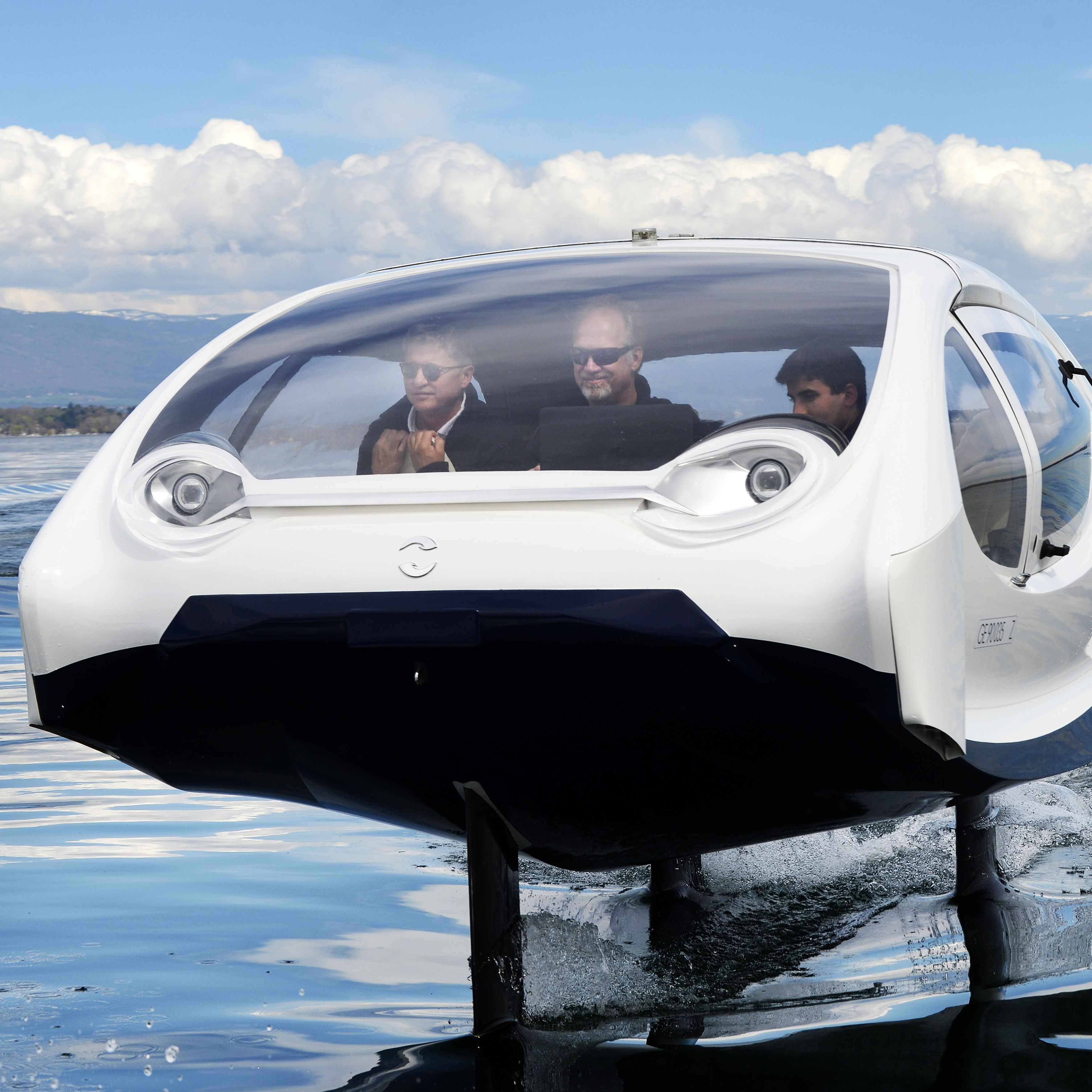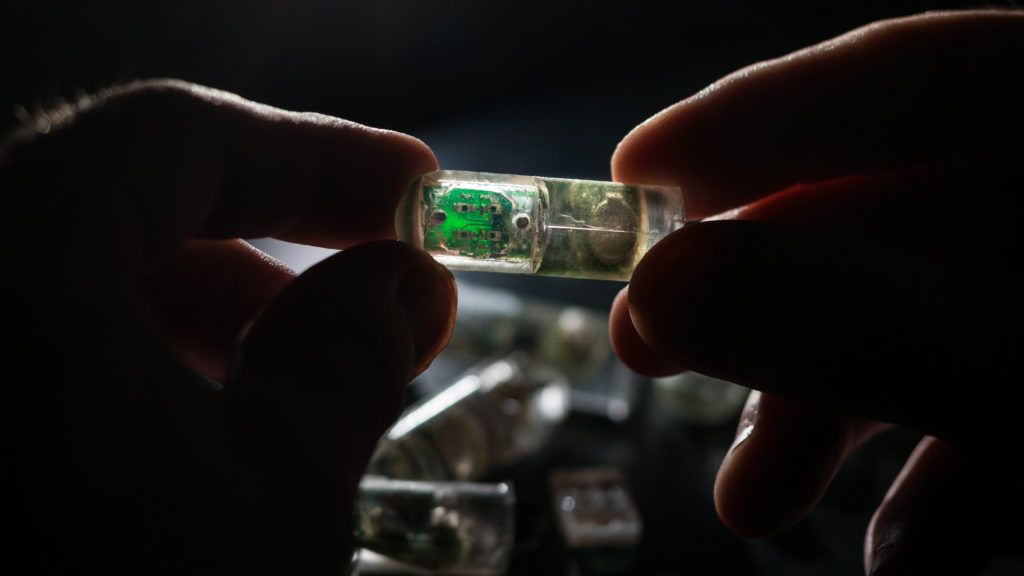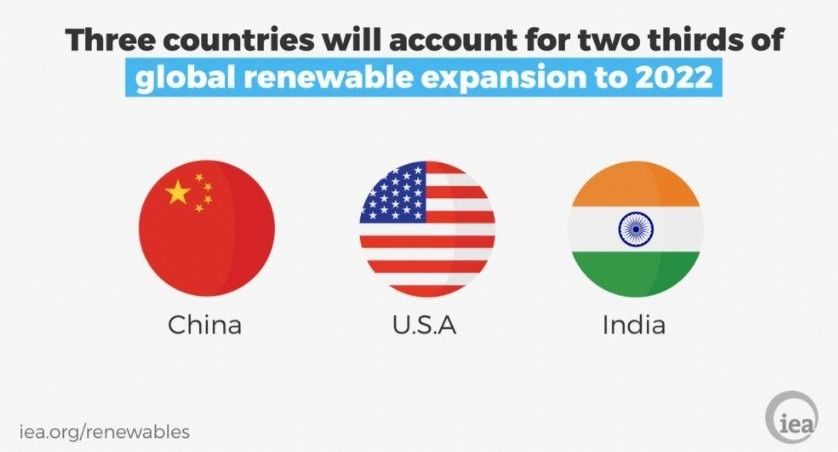
Get the latest international news and world events from around the world.


Forgotten Element Could Redefine Time
A lot can happen in a second; you could meet a stranger, snap your fingers, fall in love, fall asleep, sneeze. But what is a second, really — and is it as precise as we think it is?
Right now, the most-precise clocks used to tell global time have an error of about 1 second every 300 million years — so a clock that started ticking in the time of the dinosaurs wouldn’t be off by even a second today. But scientists think we can do better. [The 18 Biggest Unsolved Mysteries in Physics]
So, they are looking to lutetium, a neglected rare-earth element that has been gathering dust at the bottom of the periodic table, according to a new study published April 25 in the journal Nature Communications.

[1805.03035] Time travel in vacuum spacetimes
The possibility of time travel through the geodesics of vacuum solutions in first order gravity is explored. We present explicit examples of such geometries, which contain degenerate as well as nondegenerate tetrad fields that are sewn together continuously over different regions of the spacetime.
These classical solutions to the field equations satisfy the energy conditions.
PRESS RELEASE: Tactical Robotics’ Cormorant Achieves IDF Mission Demo Milestone
On May 7th, Tactical Robotics (a subsidiary of Urban Aeronautics Ltd), based in Yavne. Israel, successfully performed a first “mission representative” demonstration for its lead customer, the Israel Defence Forces. This milestone was announced for the first time today at the Israel Combat Rescue and Emergency Medicine conference where the company also presented Cormorant’s capability to be the first UAS system fielded for unmanned casualty evacuation missions.

New Harvard Startup Wants to Reverse Aging in Dogs and then Humans
Professor George Church of Harvard Medical School has co-founded a new startup company, Rejuvenate Bio, which has plans to reverse aging in dogs as a way to market anti-aging therapies for our furry friends before bringing them to us.
Dogs first, humans next
The company has already carried some initial tests on beagles and plans to reverse aging by using gene therapy to add new instructions to their DNA. If it works, the goal is ultimately to try the same approach in people, and George Church may be one the first human volunteers.

A sensor could monitor gut health via engineered bacteria
Esearchers have devised a new way to get a sneak peek into what’s going on deep in your digestive system, creating a swallowable sensor that, with the help of engineered bacteria and a tiny electrical circuit, can detect the presence of molecules that might be signs of disease and then beam the results to a smartphone app.
The device, which scientists validated in pigs, remains a prototype and needs to be refined before it could be used in people. But the researchers, who reported their work Thursday in the journal Science, combined innovations in synthetic biology and microelectronics to create a modular platform that could be adapted to identify a wide range of molecules.

Three countries are leading the renewable energy revolution
When it rains, it powers. Learn more about Chinese investment in renewables: https://wef.ch/2knPJ1f
These Saturn Moons Look Like Ravioli
Saturn has ravioli-shaped moons, but they’re not as delicious as real ravioli. (via Seeker Universe)

#5 Transhumanism, Artificial Intelligence, and Universal Basic Income with Zoltan Istvan
A new podcast I did that talks about #transhmanism:
Zoltan Istvan is a transhumanist, futurist, author, and journalist. He’s a former reporter for National Geographic, ran for president in 2016, and is running for governor of California in 2018 under the libertarian party. In this episode we got into what transhumanism is, what his policy platforms are, and tackled a lot of the questions people generally have around these topics. Enjoy!
Follow Zoltan at @ zoltan_istvan on Twitter.

This 3D Printer Can Help Grow Organs With Scaffolding Made Out of Sugar
Sugar, that amazingly sweet treat some of us just can’t get enough of, has long been the fascination of children (and those with a child-like sweet tooth).
Its ability to be melted down into a glass-like substance enables confectionery artists to create tasty displays worthy of museums, or being served as a 3D printed dessert.
In fact, the same properties which make sugar so wonderful for cooking and designing also make it great for science.